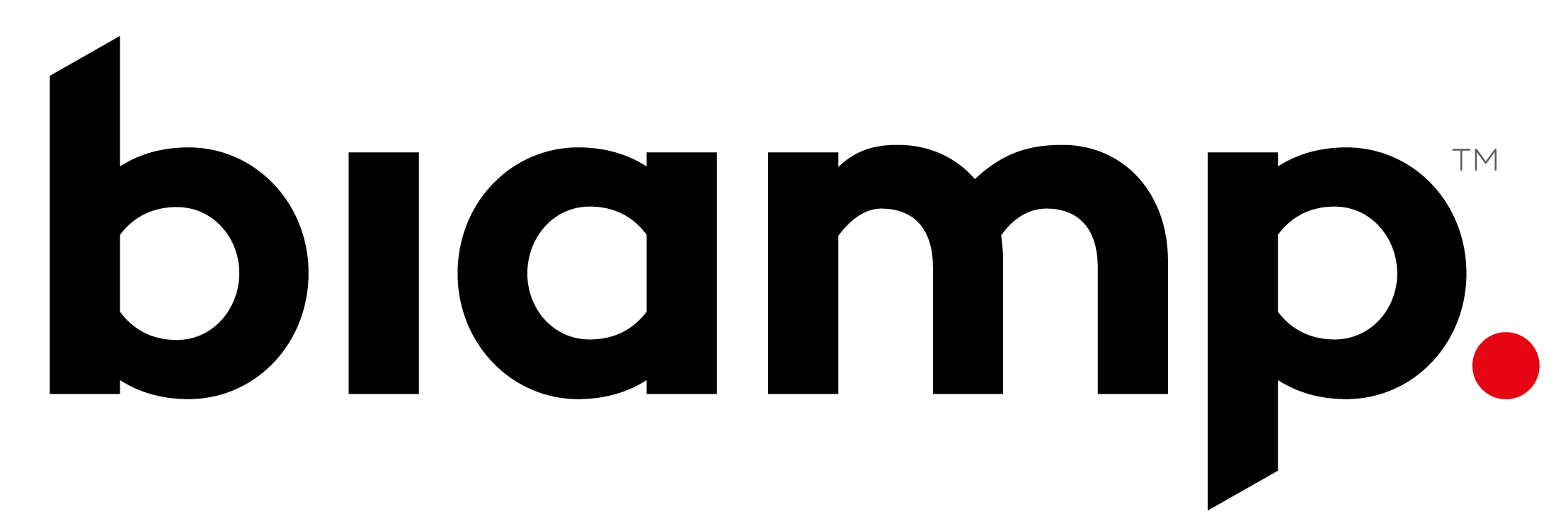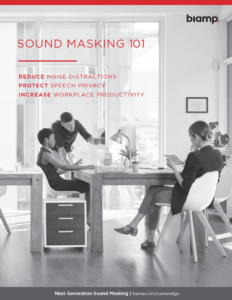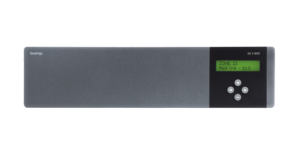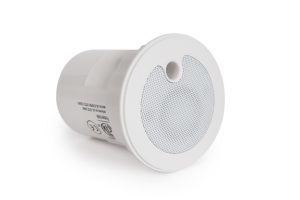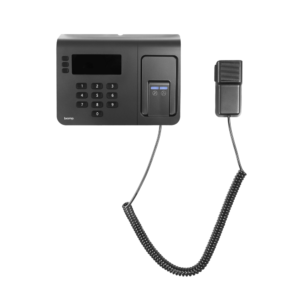Sound Masking Studies and References
- Sound Masking 101:
- Sound Masking Studies and References
A series of surveys and laboratory research studies have explored the effectiveness of sound masking. Below you will find the scientific research of sound masking studies and references, highlighting how sound masking can improve your organization’s acoustic environment.
![]() “Perceived Acoustic Environment, Work Performance And Well-being – Survey Results From Finnish Offices.”
“Perceived Acoustic Environment, Work Performance And Well-being – Survey Results From Finnish Offices.”
A. Haapakangas, R. Helenius, E. Keskinen, V. Hongisto.
Performance: 9th International Congress on Noise as a Public Health Problem (ICBEN) 2008 Foxwoods, CT
In 2008, Drs. Valtteri Hongisto and Annu Haapakangas presented the results from their acoustic environment and work performance survey during the ICBEN conference. The survey included 689 employees from 11 companies ranging from customer service call centers to general open offices. 48% of participants reported speech as the most disturbing source of noise. In addition, the survey found that employees on average wasted 21.5 minutes per day due to conversational distractions, making speech the number one cause of reduced productivity. Sound masking systems reduce the intelligibility of speech, making it less of a distraction while increasing speech privacy.
 “Effect of Speech Intelligibility on Task Performance- An Experimental Laboratory Study.”
“Effect of Speech Intelligibility on Task Performance- An Experimental Laboratory Study.”
A. Haapakangas, M. Haka, E. Keskinen, V. Hongisto.
Performance: 9th International Congress on Noise as a Public Health Problem (ICBEN) 2008 Foxwoods, CT
In a series of laboratory experiments conducted between 2006 and 2008, researchers examined the effect of speech intelligibility on task performance. This two-year study measured participants’ short-term memory recall in a typical open office environment with a PI of 35% versus the same environment with sound masking deployed and PI of 90%. The researchers found an 8.7% increase in the participants’ ability to recall a series of numbers and a 7.8% increase in recollection of words in the environment with sound masking.
 ASTM E1130 – 08 Standard Test Method for Objective Measurement of Speech Privacy in Open Plan Spaces Using Articulation Index
ASTM E1130 – 08 Standard Test Method for Objective Measurement of Speech Privacy in Open Plan Spaces Using Articulation Index
This industry standard states: “The speech privacy between locations in an open plan space is determined by the degree to which intruding speech sounds exceed the ambient sound pressure levels at the listener’s ear; a classic signal-to-noise ratio situation.” This standard establishes the protocol for effective sound masking and introduces the Articulation Index. The articulation index is a tool used to predict the amount of speech that is intelligible to others in the space. The scale for the AI is 1.0 (no privacy, all speech is understood) to 0.0 (100% privacy, no speech in understood).
Acoustic consultants use the reverse of AI to illustrate the amount of privacy in the space. This is known as the Privacy Index (PI) and measures the effectiveness of various forms of sound treatment. The range for PI scores is 0% (No Privacy) to 100% (Confidential Privacy). A score of 70% offers a minimal level of speech privacy to improve worker performance.
